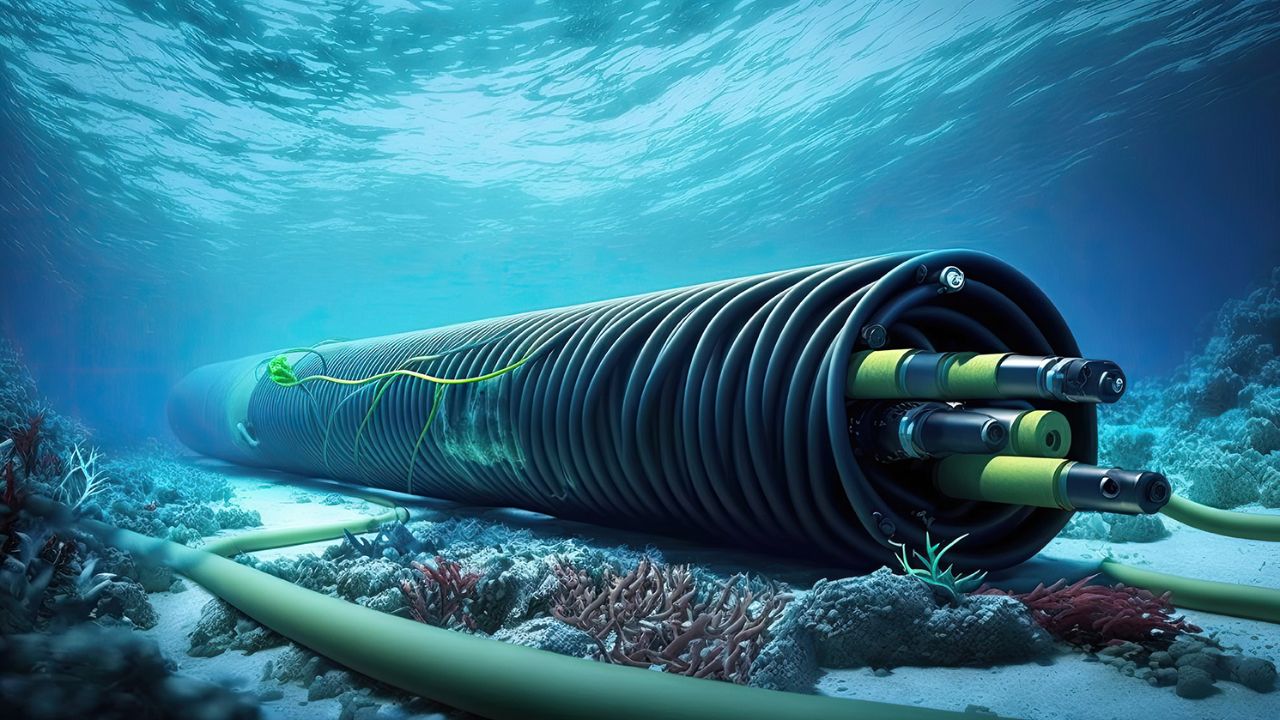 English
English

The internet doesn’t float in the air, but runs on thin cables laid deep in the ocean. These thin cables connect the entire world, but they are invisible to us. With the help of the internet, we connect directly to someone millions of kilometers away in a matter of seconds.

Representational Image
New Delhi: The internet has become a vital part of our lives, and even a brief interruption in internet connectivity is frustrating. But do you know how this internet reaches your mobile and computer?
The internet doesn't float in the air, but runs on thin cables laid deep in the ocean. These thin cables connect the entire world, but they are invisible to us. With the help of the internet, we connect directly to someone millions of kilometers away in a matter of seconds.
The internet floats on wires laid in the ocean. More than 95 percent of the world's internet and phone calls travel through fiber-optic cables laid under the sea. Satellites are used only 3 to 4 percent. This information has been taken from reliable organizations like Telegeography and the International Cable Protection Committee.
You might be wondering what these cables look like in the deep ocean, how long they are, and how they are protected?
Deep-Sea Fiber Optic Cables
These cables are as thick as pipes, and they contain very thin fiber optic cables, through which data travels at the speed of light. The outer layer is covered with copper and waterproof material to ensure their safety even in deep water.
These cables are as thick as pipes, but they contain very thin fiber optic cables, through which data travels at the speed of light. The outer layer is covered with copper and waterproof material to ensure their safety. According to information received, there are more than 400 submarine cables in the world, with a total length of approximately 1.4 million kilometers.
Who lays fiber optic cables?
In the past, telecom companies used to lay these cables, but now major tech companies like Google, Facebook (Meta), Amazon, and Microsoft are laying their own cables.
What threatens fiber optic cables?
These cables are most vulnerable to ship anchors. They can also be damaged by earthquakes or volcanic eruptions in the ocean. Therefore, their security is crucial.
What is the data speed?
These cables can transmit hundreds of terabytes of data per second. For example, Google's Grasshopper cable can transfer 350 terabytes of data per second. It runs on a magnificent network of underwater cables that connects the entire world.